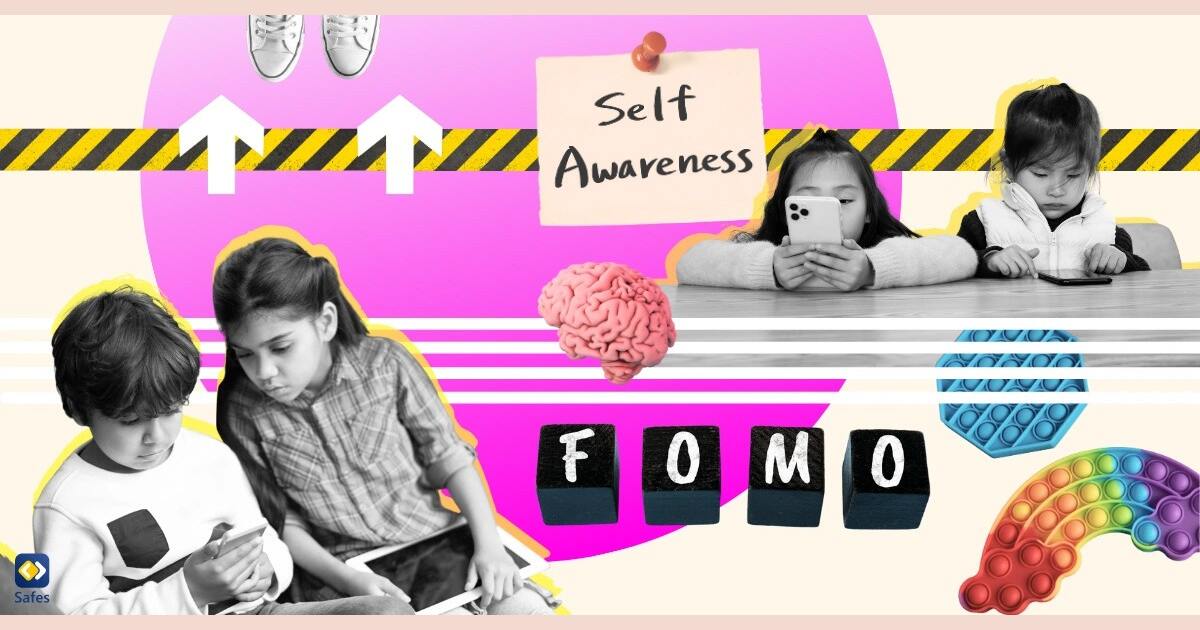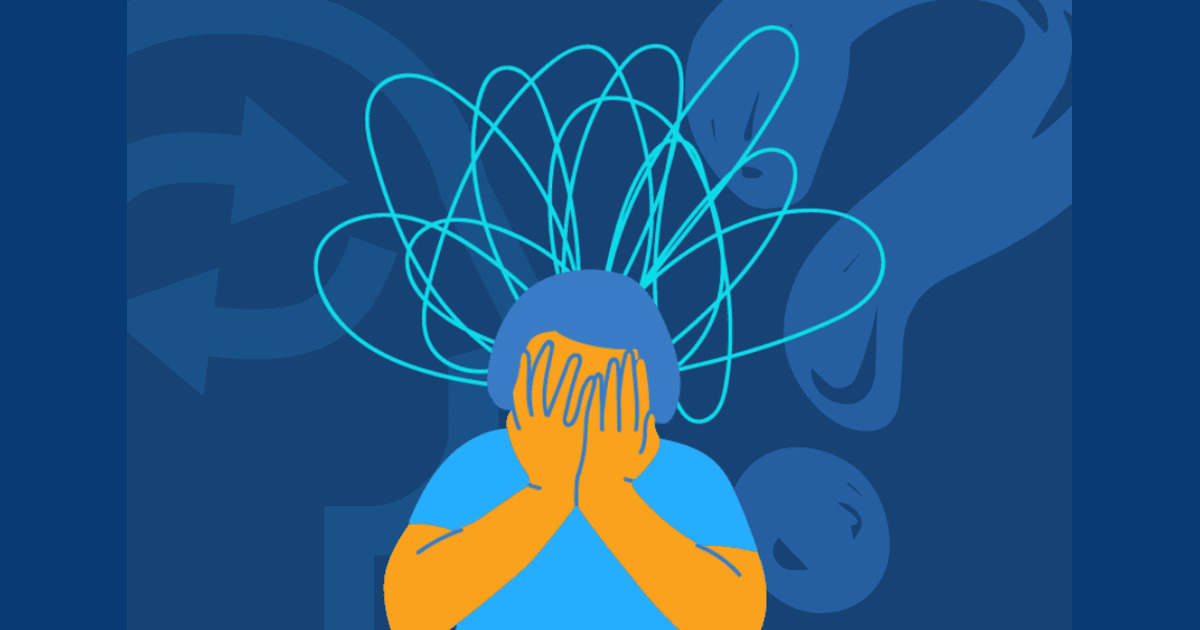Social media challenges have garnered immense popularity among young individuals, yet they often carry serious risks, including injuries and even fatalities. The allure of these challenges is driven by several factors.
Peer Pressure: Teens are particularly vulnerable to peer pressure, and social media challenges are seen as a means to gain social recognition and acceptance. Dr. Purva Grover, a pediatric emergency medicine specialist, explains that teens define their identities based on their online presence and the number of “likes” they receive.
Algorithmic Prioritization: Social media platforms, such as TikTok, prioritize content that generates engagement, such as likes and comments. However, these platforms do not showcase the potential harm or tragedy that can result from participating in dangerous challenges. This algorithmic prioritization fuels the appeal of these challenges.
Status Anxiety: Matthew Bergman, an attorney and founder of the Social Media Victims Law Center, notes that social media platforms exploit young people’s status anxiety. This anxiety drives them to partake in challenges, ranging from harmless to hazardous, as they seek to establish their online identities.
Parental Challenges: Parents often struggle to keep up with the rapidly changing landscape of trending challenges on social media. The dynamic algorithms employed by these platforms make it difficult for parents to anticipate or monitor their children’s online activities effectively.
To address these issues and ensure the safety of their children, parents can take proactive steps for social media challenges:
- Set an Example: Parents should lead by example and reduce their own screen time, prioritizing face-to-face interactions within the family.
- Open Communication: Engaging in open conversations with children about the risks associated with social media and challenges is crucial. Parents should actively discuss what their children encounter online.
- Monitoring and Education: Following recommendations from the American Psychological Association, parents should monitor their children’s social media use and teach them social media literacy. Recognizing signs of problematic social media use is essential.
- Family Time: Encouraging family dinners as an opportunity for bonding and discussion can foster a sense of belonging and security within the family.
Norma Nazario, who tragically lost her son to a risky stunt inspired by social media, advocates for the removal of platforms like TikTok and increased offline interaction. Her heartfelt advice to parents is to spend as much time with their children as they spend on their phones.
In conclusion, social media challenges hold a powerful allure for young individuals, driven by peer pressure, algorithmic prioritization, and status anxiety. To protect their children, parents must lead by example, communicate openly, monitor online activity, and prioritize family connections over digital distractions.








Leave a Reply
You must be logged in to post a comment.